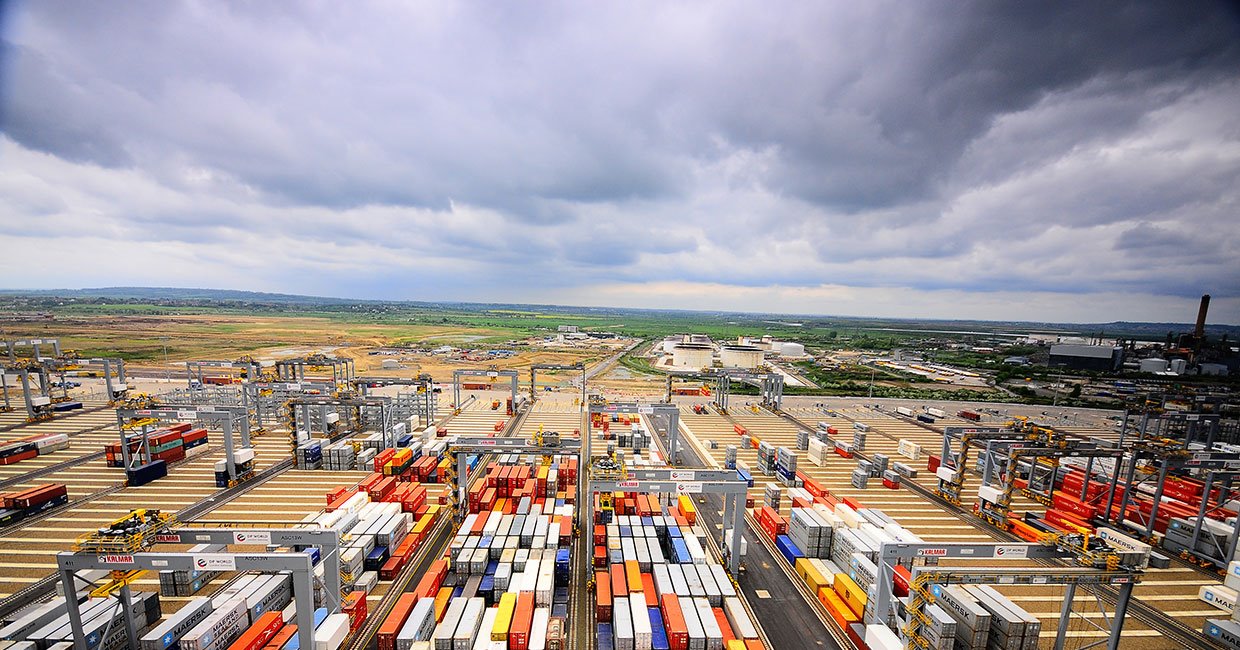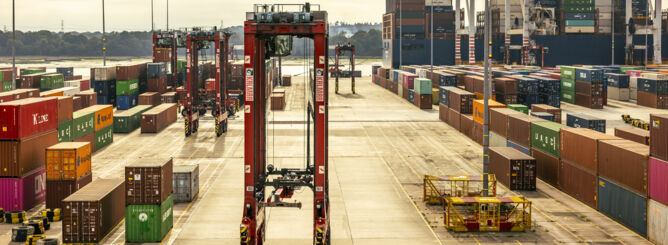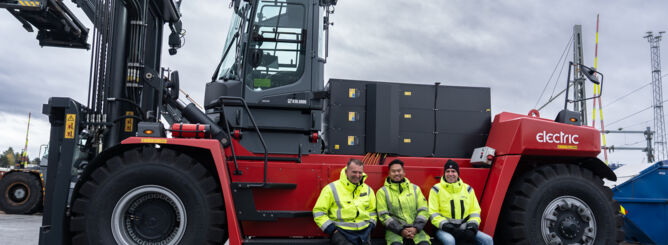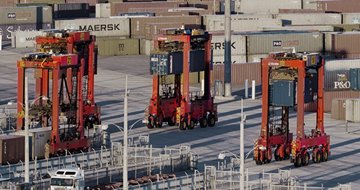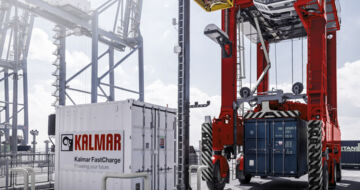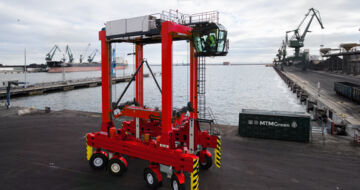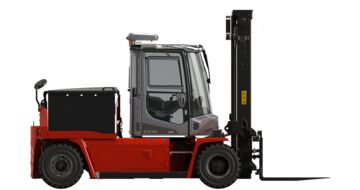Zero-emission drive technologies gain ground at container terminals
As container ports face increasingly stringent environmental regulations as well a highly competitive business landscape, port operators will need to focus on reducing emissions from their operations.
Container terminals utilise a wide variety of manually driven and automated container handling equipment. The potential for emissions reduction differ substantially between the chosen solutions. Even if vessels and road trucks are the most significant sources of air pollution at container ports, terminal operators can have a significant impact on their emission level by choosing a sustainable solution for container handling.
Significant reduction potential for on-site emissions
New developments such as electrification, hybrid technology and energy regeneration have significant potential to reduce or even completely eliminate on-site air emissions caused by container handling equipment. The choice of horizontal transportation system itself has a major impact on emissions.
In addition to hybrid technology and electrification, equipment and process automation can reduce emissions by optimising fleet usage, reducing equipment engine idle times and ensuring that machines are always driven optimally. For manually operated horizontal transportation equipment, driver training offers the possibility of moderate improvements in fuel consumption and airborne engine emissions.
The future is electric
Several equipment manufacturers are developing and/or introducing new horizontal transportation and mobile equipment products that utilize low- or zero emissions power at the point of operation. However, demand for these products varies widely between geographies, industries and equipment type. Since container handling equipment fleets have relatively long lifetimes, ports seeking to meet future zero-emissions targets are investing in electric equipment now.
Many manufacturers, including Kalmar, believe that new container handling equipment will be, by default, electric-powered in ten years' time. This development parallels that of other industries that have outlined even more ambitious roadmaps.
Read our white paper to learn more
Want to learn more? See our white paper that discusses common causes of airborne emissions at container ports, with a focus on cargo handling equipment related sources that can be directly influenced by the terminal.
